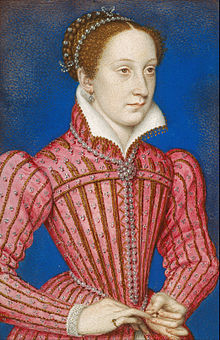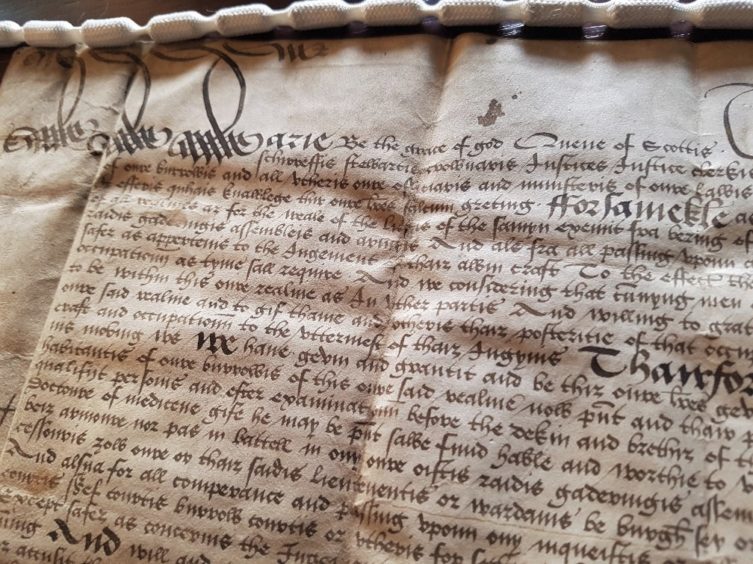The world’s oldest surgical college has released documents proving that Mary Queen of Scots paved the way for the Geneva Convention 300 years before it came into force.
The Royal College of Surgeons of Edinburgh (RCSEd) has made public a document showing how Mary Queen of Scots protected and preserved the status of surgeons, making it law that they should not have to bear arms in battle.
The Letter of Exemption states that surgeons should focus on caring for and remedying the wounded instead of fighting.
It is unclear whether this refers to injured soldiers on the side of the enemy too, or not.
The release of the document coincides with the launch of a new BAFTA-nominated film about the life and dead of the ill-fated monarch.
>> Keep up to date with the latest news with The P&J newsletter
Starring Saoirse Ronan and Margot Robbie, it has reignited interest in the historic Queen of Scotland across the world.
The queen’s letter is available for viewing on the website archiveandlibrary.rcsed.ac.uk – a new resource which has been launched by the RCSEd that allows people to delve easily for the first time into the world of medical history.
The library and archive holds institutional records dating from the 1460s and extensive material relating to the history of medicine and surgery in Scotland.
The perception of medical staff as non-combatants in warfare is usually ascribed to the first Geneva Convention from 1864. But this newly-released document shows that, three centuries earlier, Mary Queen of Scots clearly set down the right of surgeons to be exempt from bearing arms.
Chris Henry, director of heritage at RCSEd, said: “This unique artefact is one of the college’s treasured possessions.
“It gives us a fantastic insight into the ethics and civilization of 16th-century Scotland as well as the standing of surgeons in the capital back then.”
“Signed ‘Mary by the Grace of God, Queen of Scots’, the letter is thought to be from the queen for the whole population.
“It puts a responsibility upon surgeons, writing they must always be ‘present with our armies ready to do their cure and duty to all sick persons.”
The document is dated May 1567, which means that Mary took this action during a time of massive turmoil in her life, just after her son was born and her husband tried to take her throne and murdered her secretary in front of her.
After more than 18 years in custody, Mary was found guilty of plotting to assassinate Elizabeth 1 in 1586 and beheaded the following year at Fotheringhay Castle.

